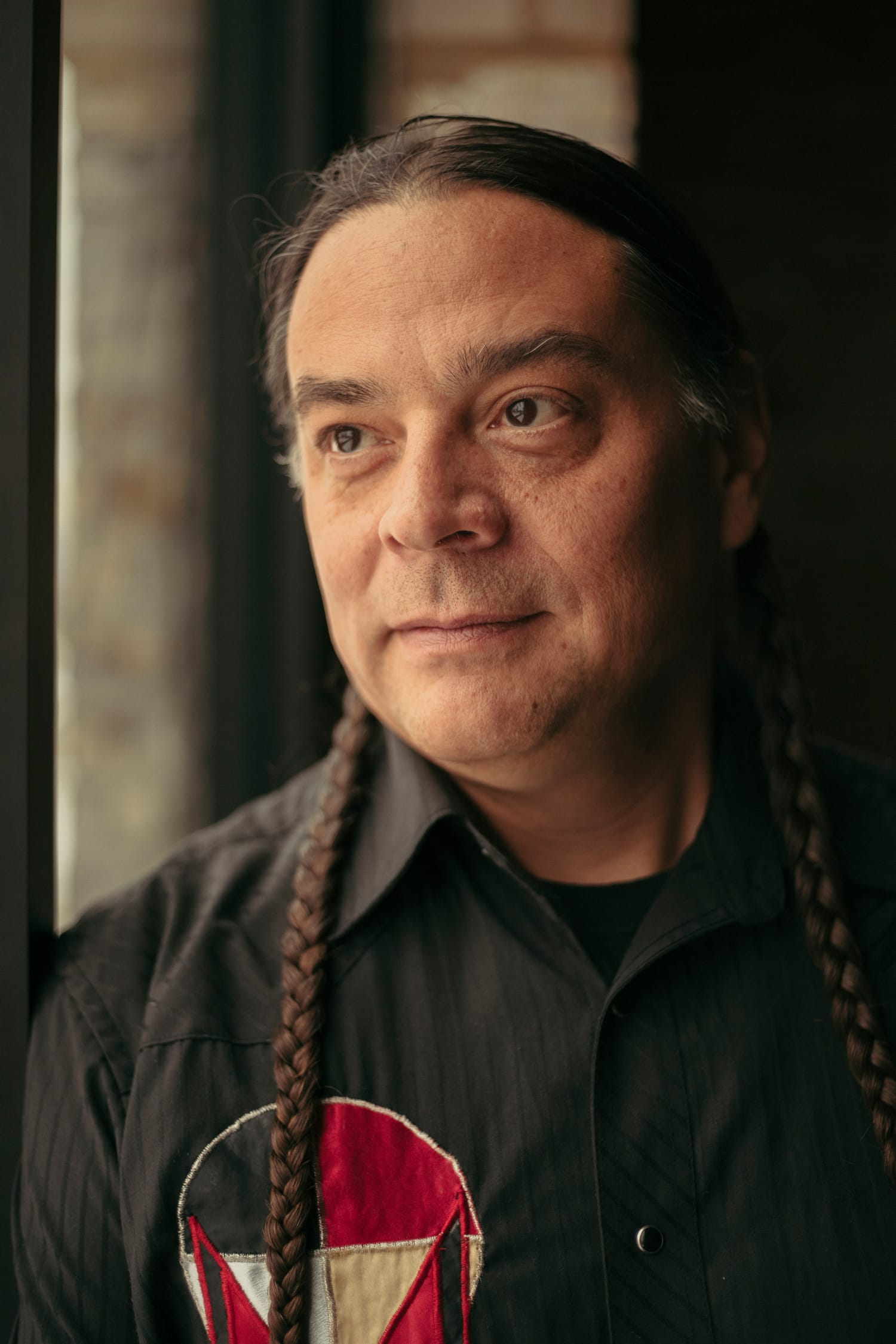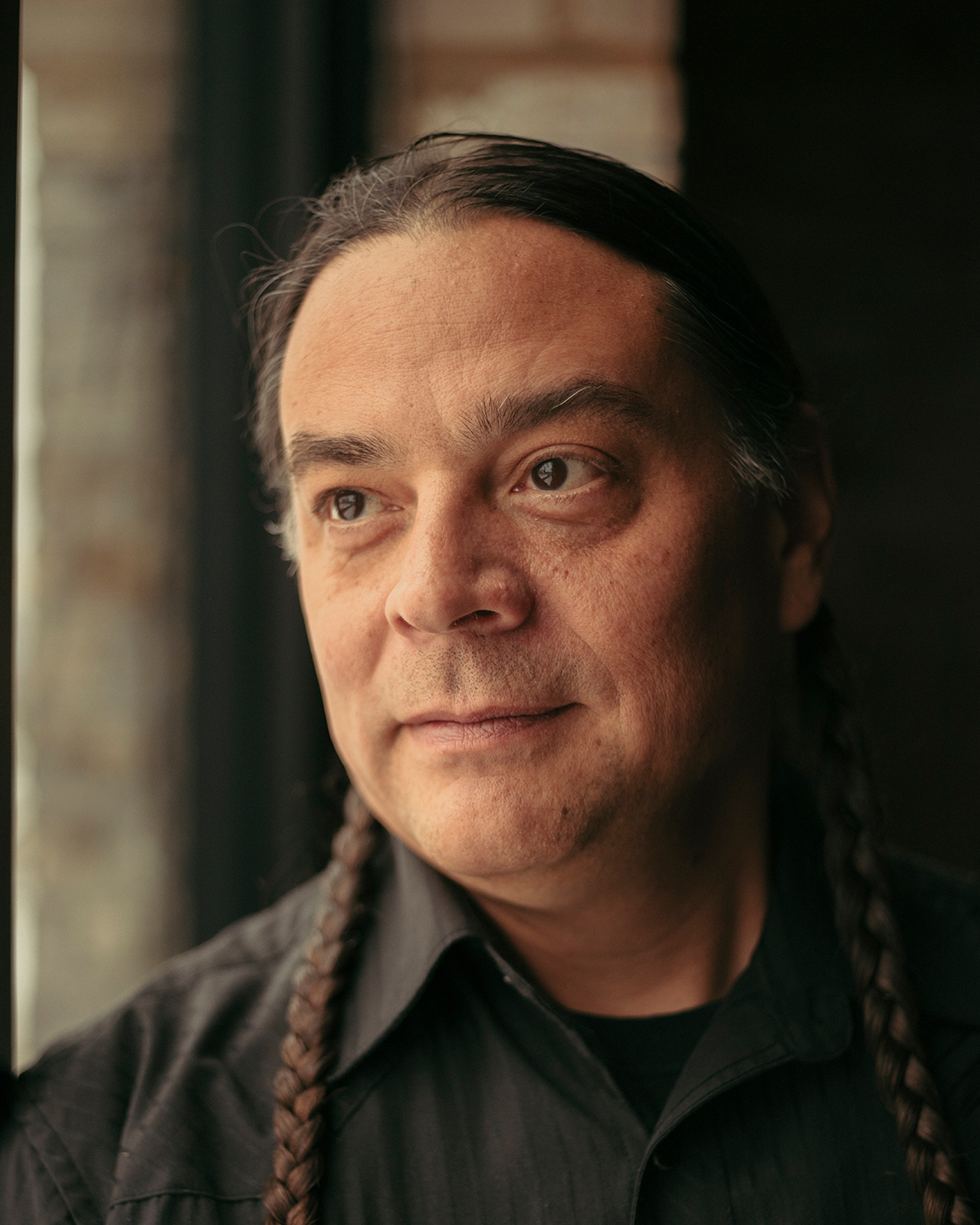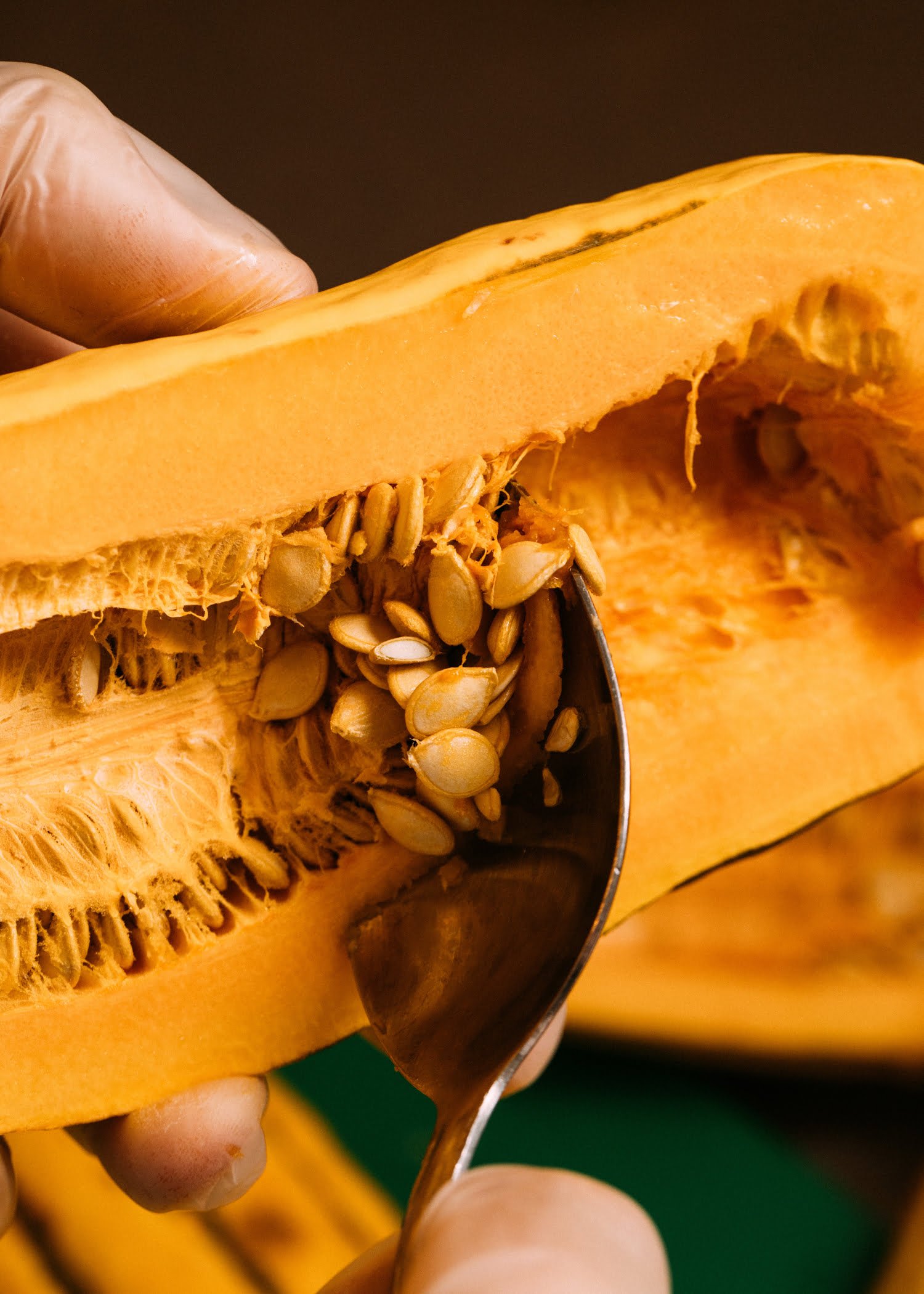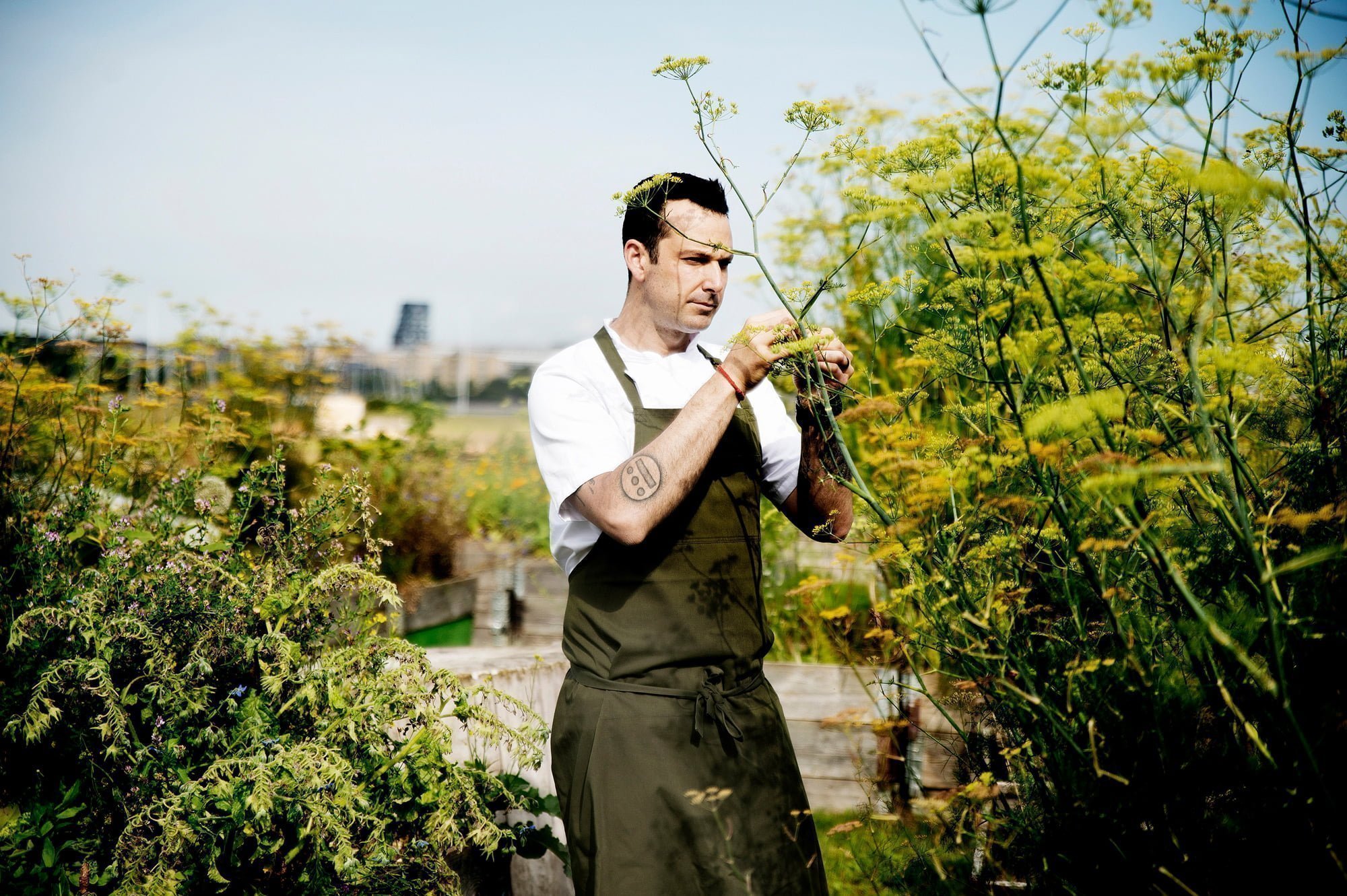As the Sioux Chef, Sean Sherman is out to prove that an Indigenous approach to growing and cooking food can better serve people and planet. From his restaurant on the banks of the Mississippi, he is creating a blueprint for how it can be done – earning him a place on Time’s top 100 list of most influential people.
Wedged between the rolling waves of the Pacific Ocean and a stretch of thick jungle teeming with spotted jaguars sits San Pancho, a small beach town in Nayarit, Mexico. Before Sean Sherman became the Sioux Chef on a mission to revitalize Indigenous food systems, before he co-created the best new restaurant of 2022, he spent five months escaping burnout in San Pancho with just a backpack, a guitar, and his young family in tow.
It was then, around 2007, in the once small fishing village that’s since been rapidly developed into a segment of the Riviera Nayarit, that Sherman became enraptured with the Huichol (also known as Wixáritari), the people indigenous to the Sierra Madre mountain range. From the traditional Three Sisters intercropping method for cultivating corn, beans, and squash in a way that naturally protects and nourishes soil and plants, to the bright and colorful beadwork that wraps three-dimensional forms ni a mosaic of geometric shapes, Sherman dived deep into their cultural traditions. The more he did so, the more he found his mind wandering thousands of miles away, to the Pine Ridge Reservation in South Dakota, where Sherman’s own Lakota roots lie.
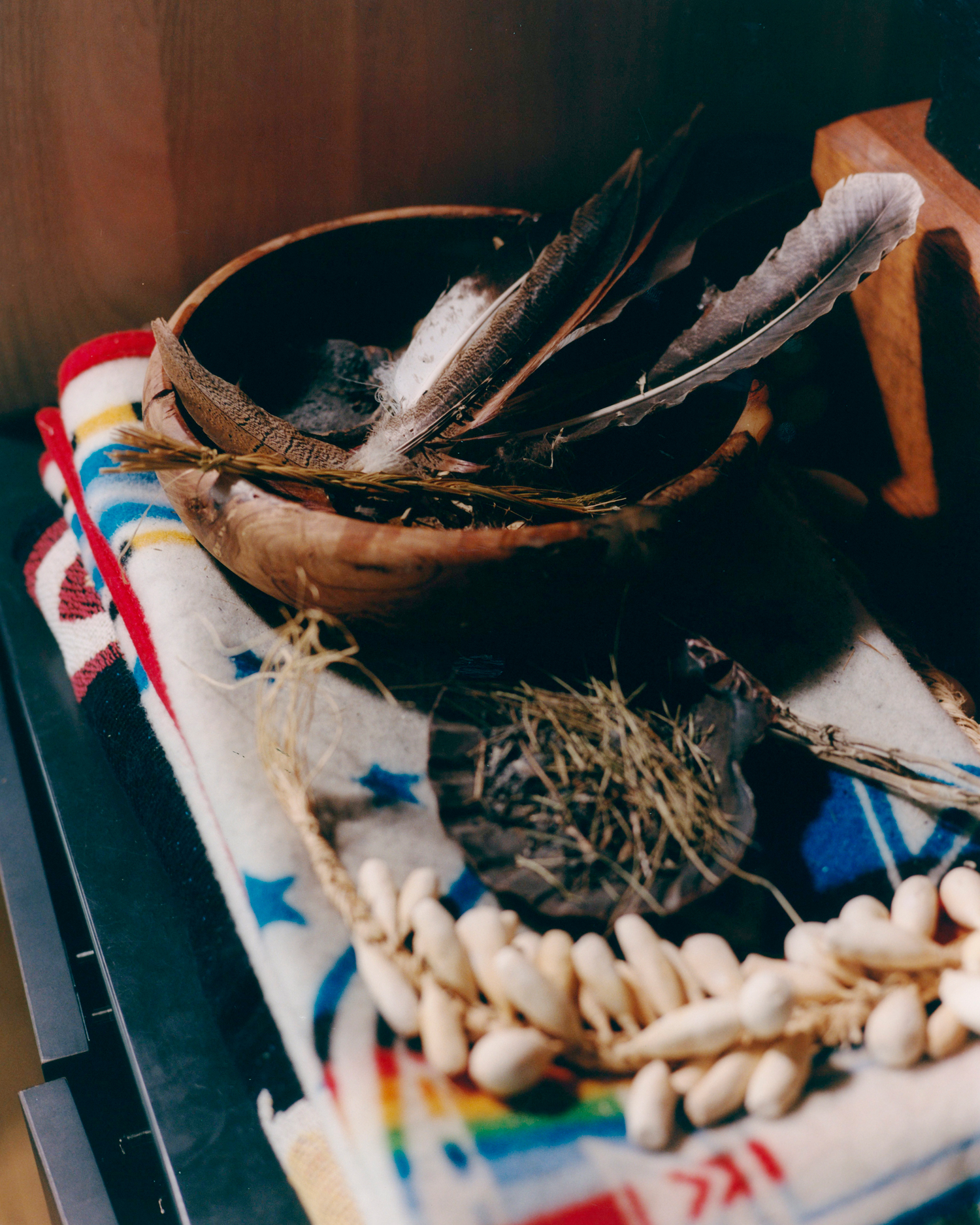
Indigenous artifacts at Owamni, Sherman’s Minneapolis restaurant. Photo: Jingyu Lin
Lakota roots rediscovered
“I became really curious about their food and realized that I didn’t know anything about Lakota food,” Sherman says. “We grew up in a colonized state. We grew up in a segregated community. We grew up with the government controlling our food system.” Instead of the Three Sisters, Sherman was raised on canned vegetables packed with sodium, canned fruit swimming in corn syrup, powdered milk, and government cheese – products of an industrial food system which, instead of fostering a closeness to the – sources of what we eat, takes us further away from them, with harmful consequences for our health and that of the planet.
When he returned, he took the enthusiasm he had found in Mexico, and applied it to his own history. As he immersed himself in the research, he visited local museums and marveled at their rich collections of heirloom corn varieties in every color, so different from the yellow monocrops filling field upon field today. He spoke with elders and explored the plants around him. I”started working with people who knew plants and studying a lot of ethnobotanical texts,” Sherman says. “A lot of it was just connecting directly with the plant world – it was a connection that Icould share in real time with my ancestors.”
It was from this connection, laced with an understanding of how settler colonialism had forcibly separated his ancestors from the land that nourished them, that the Sioux Chef was born. Sherman decided his cooking would do away with colonial ingredients like wheat flour, sugar, pork, beef, and chicken. Instead, it would focus on pure and regional Indigenous cuisine, which meant passing on quasi-Indigenous foods like fry bread that emerged culturally from government relocation and the rations that followed.
In 2012, he began doing pop-up dinners around Minneapolis as the Sioux Chef, using foraged ingredients from sunflowers to sage. “I was really trying to create a concept of what modern Indigenous food would look like,” Sherman says. “I used that platform to talk about what happened to us Indigenous people, why there aren’t Native American restaurants out there, how we identify what’s Indigenous today, and how we can make things different moving forward,” he says.
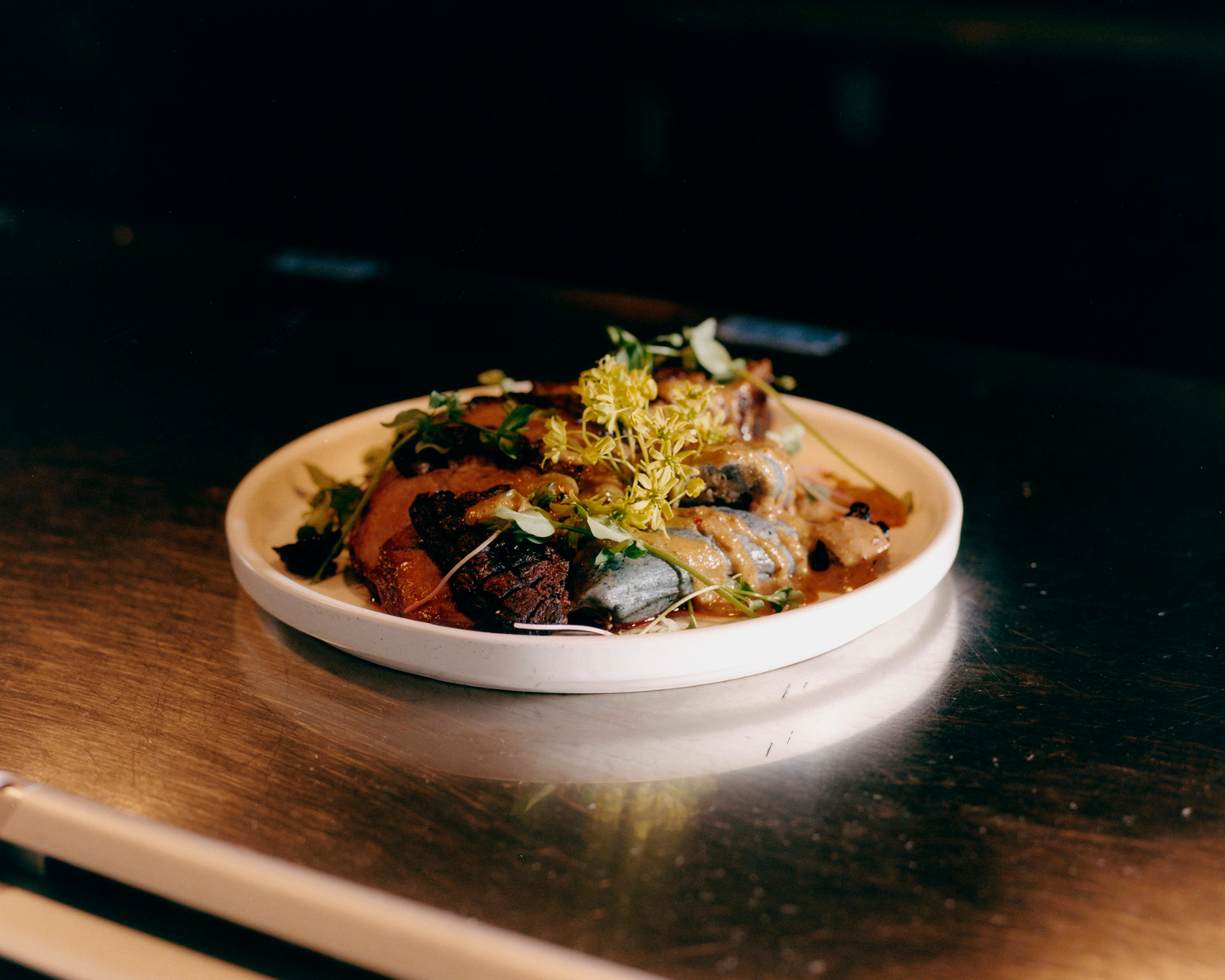
Delicious and sustainable: Duck breast with maple pepita dressing. Photo: Jingyu Lin
Indigenous food and philosophy on the menu
Owamni – Sherman’s first brick-and-mortar restaurant became the vessel for this vision. Opening in 2021 with his then-business-and-romantic partner Dana Thompson, it went on to win the prestigious James Beard award for best new restaurant the following year.
Its philosophy, described on the back of its hyper- seasonal, organic food menu, outlines a rejection of the values of settler colonialism “such as the wanton destruction of the environment, including mining, logging, and monoculture agriculture, all of which contribute to the enrichment of a select few while our beautiful Indigenous landscapes and the people who have traditionally lived on them are continually abused”.
“Plants can be food, they can be medicine, they can be craft, they can be shelter, they can be lodging, they can be tools, they can be everything”
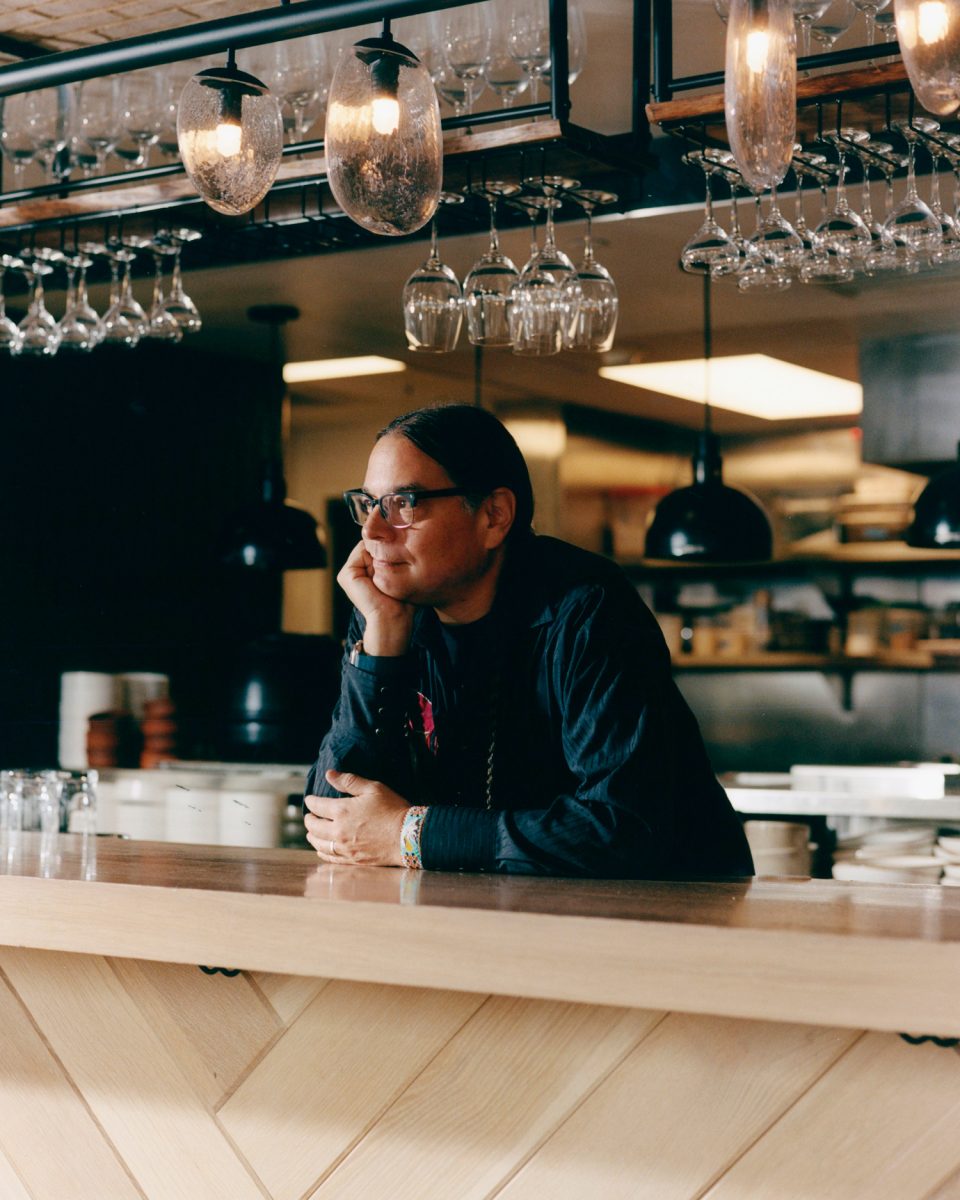
We need to rethink how we produce our food. Globally, food production is responsible for about a quarter of the pollution that is causing our climate to heat up, as well as using precious land and water. Industrial agriculture also relies heavily on fertilizers and pesticides that pollute waterways and can have devastating effects on the soil and the ocean, where they eventually end up.
Waterfalls and spiceberries
At Owamni, this big-picture awareness is instilled in every dish, as well as the place itself. Located on the banks of the Mississippi, its floor-to-ceiling windows reflect the neon glow of the YOU ARE ON NATIVE LAND sign lightly humming by the entrance while overlooking the waters where Spirit Island once stood. For centuries, the Dakota journeyed to give birth on the sacred, spruce tree-speckled island surrounded by the Owámniyomni waterfalls. In 1960, after decades of degradation in the name of limestone harvesting, it was blown up to make way for a now defunct lock and dam system.
Offering dishes flavored with Appalachian spiceberry instead of peppercorns, serving tacos
composed of corn four ways, and duck marinated in ancho peppers under a garnish of soft green maple blossoms picked earlier that day (seven weeks earlier than usual, indicating a noticeable shift in seasons), the restaurant is, for Sherman, proof that his vision of true, modern, and healthy Indigenous food can not only exist, but that it can be in demand. And that deep connection with the plants and planet around us. And that demand can be a vehicle for change.

“We’ve been sold out since we opened,” says Sherman proudly. “About 70% of our staff identify as Indigenous.” The strategy is simple – purchase from local Indigenous producers first and national Indigenous producers second, followed by BIPOC and allied producers rather than big box trucks hauling frozen, over-processed foods that are, Sherman says, “literally just making us sick with cancer and obesity”.
The land as a living being
The restaurant is a thriving business, but it’s about more than just profit. A large portion is eaten up by food costs, anyway. By eschewing pork, chicken, and beef in favor of Indigenous proteins like crickets, duck, and bison that are sustainably and locally sourced, the restaurant promotes producers that demonstrate a deep respect for the land as a living being and a seven-generations focus on a sustainable future that’s inherent in Indigenous practices and philosophies.
“It’s unfortunate that this restaurant is unique. Part of the goal is, how do we normalize something that’s healthy and Indigenous? We’re showing a model that’s possible,” Sherman says. “Our big mission is to try to help this situation happen elsewhere, all over the place.”
“Kids can name more Kardashians than they can plant species”
He sees the heart of his work as developing an infrastructure that doesn’t otherwise exist, one that wrests control of the food system away from governments and corporate conglomerates, replacing it with a deep connection with the plants and planet around us.
“If you have a knowledge of plants, they can be food, they can be medicine, they can be craft, they can be shelter, they can be lodging, they can be tools, they can be weapons – plants can be everything,” Sherman explains. “If you have a relationship with plants, you know how to utilize the world around us better, how to protect things, how to harvest things more sustainably.”
Rather than excitedly harvesting all of the wild leek-like ramps that pop up across Minnesota each spring, we should instead take the Indigenous track of understanding the perils of overharvesting. Then, armed with a deep reverence for all that plants provide, we’d know to collect just the tops and very, very few bottoms so they can grow robustly back the following year.
“You have to learn how plants work before just pulling them up… That’s not a part of our education system, but it should be,” Sherman says. “Our kids can name more Kardashians than they can plant species.”
He envisions a world where the seasons and the plants that signal them play a leading role in our lives; a world in which Indigenous ways of knowing and being form the foundation for our food system. It’s this vision that he’s now working to expand beyond Minneapolis – first, to Montana, followed by hopes for all of the US.
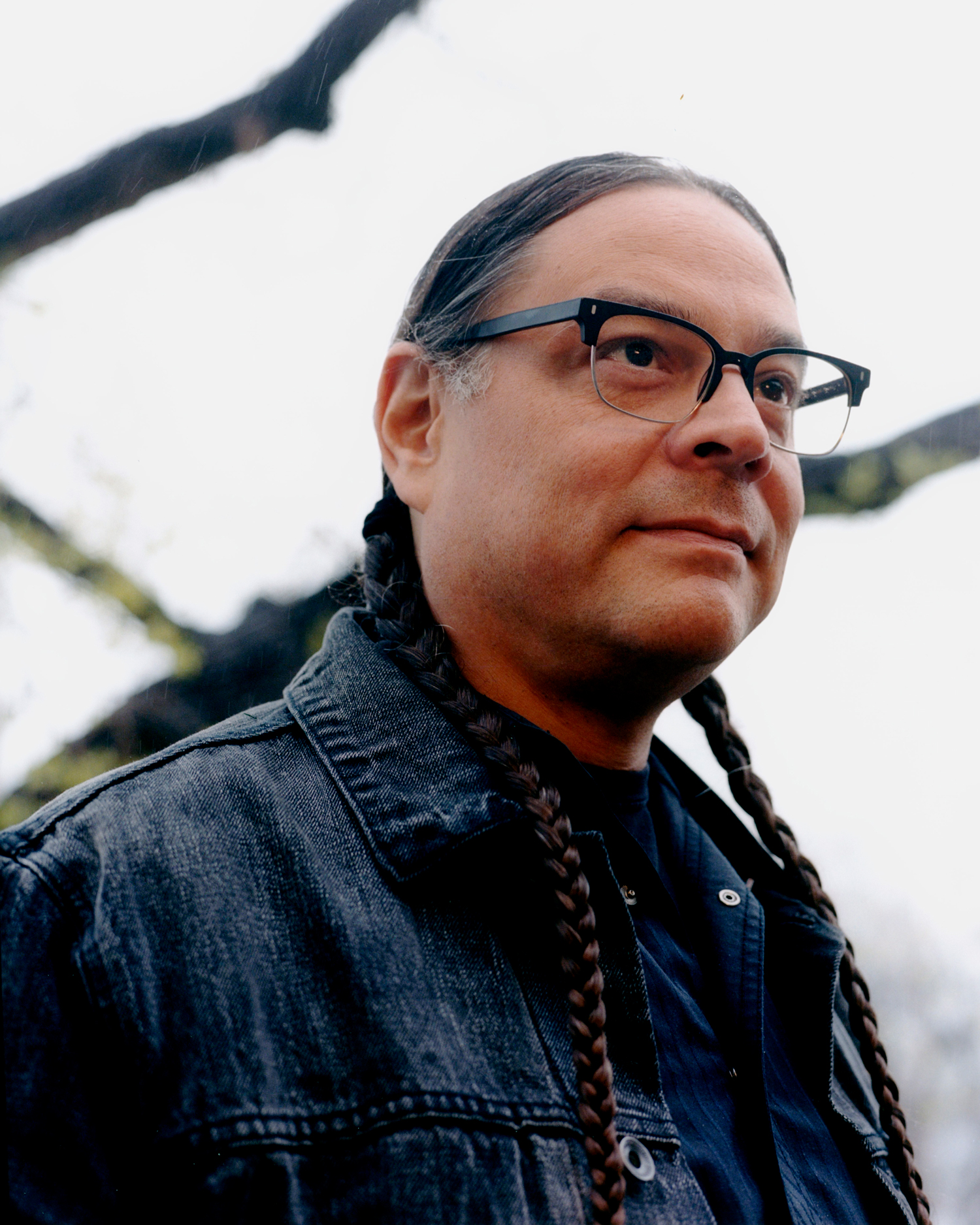
Photo: Jingyu Lin
A storied history
“Our ancestors survived for countless generations with the world around them. Pick an area in North America or the world and you’ll find that Indigenous cultures had figured out how to survive healthily before colonization happened,” Sherman notes.
With an Indigenous approach, he says, “You have a different way of thinking about food. You have relationships with plants, you have the passing down of stories. You have all these things that are just completely counter to what colonization has normalized in our lives.” It’s a way of thinking that encourages sustainable practices that respect nature and the land.
At Owamni, even a grain of rice is enough to reveal an untold story. Wild rice is the official grain of Minnesota, and wild rice soup is one of the state’s best-known specialities. But in truth it isn’t wild at all – it’s a domesticated crop grown in paddies. True wild rice grows naturally in lakes and creeks, and once you’ve tried it, you wouldn’t confuse it with the not-so-wild variety usually found in soups. It is true wild rice that Sherman’s team serve up at Owamni, presented simply with dried cranberries. Each mouthful is a reminder that the food on our plates is a gift from the land. The biggest gift back? To treat it as such.
About Imagine5
We are storytellers inspiring you to live a planet-friendly life. Through our stories we shift perspectives and help you see that sustainable change is already underway. Sparking imagination that leads to action, creating a shift to sustainable behavior as the norm. It’s happening.
Read moreDiscover our magazine
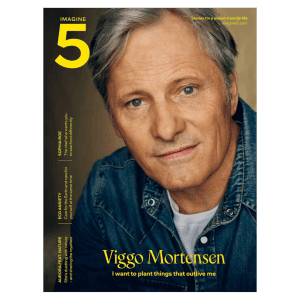
Viggo Mortensen on escaping to the woods, Sophia Roe on conscious comfort food, and an eco psychologist on caring for yourself and the planet. All in the latest edition of the Imagine5 magazine! Packed with over 180 pages of planet-positive inspiration.
€25 plus shipping
Get your copy